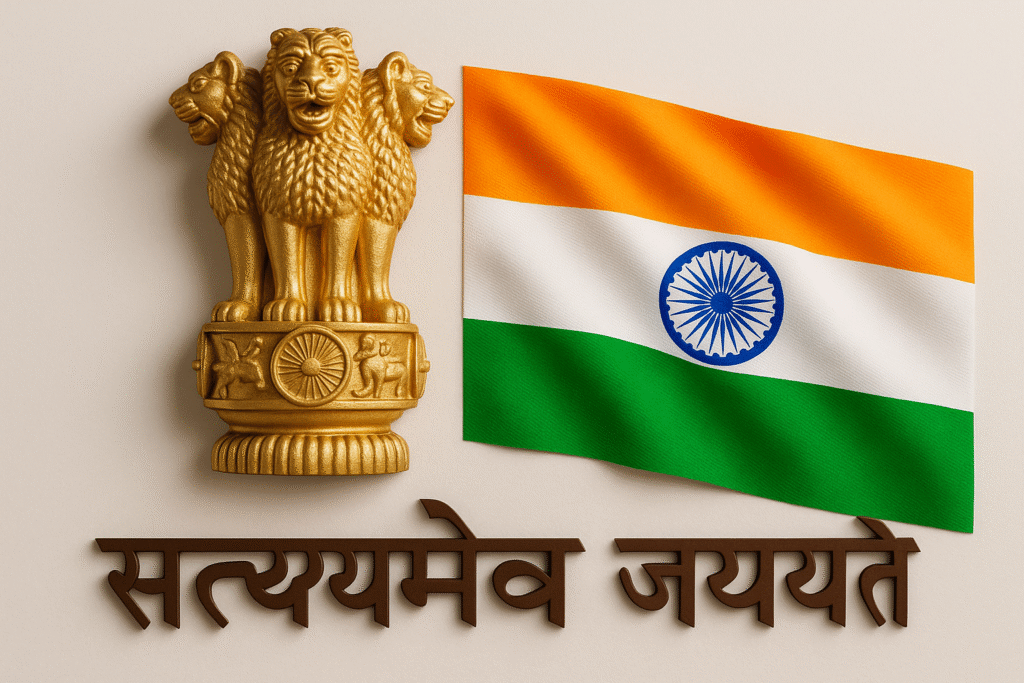Malegaon blast verdict exposes a false saffron terror narrative, vindicating the innocent and revealing decades of political conspiracy and misinformation.
In the ancient Mundaka Upanishad, India’s spiritual heritage carved the phrase “Satyameva Jayate”—“Truth alone triumphs”—thousands of years ago. Its power endures today because truth, once written, never fades. The recent court ruling in the Malegaon blast case reaffirmed this truth: conspiracies eventually unravel, and those who plot them are destroyed by their own schemes.
The Hidden Strategy: The Karachi Project
After the 1991 attack, global pressure—including from the U.S.—mounted on Pakistan to dismantle organizations like Lashkar-e-Taiba, which had fueled terror campaigns against India since the 1990s. Under external pressure, Pakistani authorities quietly shelved its overt operations.
By 2004, a covert strategy known as the “Karachi Project” was formalized. Under this plan, Lashkar-e-Taiba was tasked with building a new terror framework inside India, aligned with Dawood Ibrahim’s criminal networks. Their training camps in Pakistan were designed to recruit and radicalize Indian Muslim youth, funneling them via routes through Nepal, Dubai, and Saudi Arabia into Karachi. There, these recruits would learn to carry out small-scale bombings in Indian cities using local materials—fanning the narrative of internal “Hindu terrorism” and destabilizing India’s social fabric from within.
From SIMI to PFI to Indian Mujahideen
Pakistan’s intelligence resurrected leaked cadres from the banned SIMI (Student Islamic Movement of India) through the creation of the Popular Front of India (PFI) in 2006. SIMI members merged into PFI to give it cover as a radical political outfit. Simultaneously, the Indian Mujahideen was initiated as an underground terror group to execute Pakistan’s planned attacks, making it difficult for Indian authorities to trace activities back to external handlers.
The Terror Wave: 2006–2008
Between 2006 and 2008, a chain of blasts rattled India—Malegaon (twice), Mumbai, Ajmer, Hyderabad, Makkah Masjid, and others. Each attack was framed by mainstream reporting and political actors as “Hindu terror,” crafted through falsified evidence and targeted leaks. One key accusation was the alleged link to Sadhvi Pragya through a motorcycle chassis—later disproven—and built into the political narrative.
👮♂️ Intelligence Blindside
Lieutenant Colonel Srikant Purohit of Military Intelligence was assigned undercover to infiltrate Indian Mujahideen networks. His work revealed that radical cadres were being funded through hawala channels and sent to Pakistan for training before returning home to execute terrorists. But as suspicious patterns emerged—including repeated Muslim involvement—the political narrative turned deadly. Leaders and police leveraged this to brand India’s nationalist outfits through false associations, pushing a narrative of internal “saffron terror.”
Myth Meets Truth: Narratives Crumbled
In recent years, the truth surfaced. Courts cleared Sadhvi Pragya and others, exposing the political conspiracy at the heart of the Malegaon case. Decades of fabrication unraveled in verdicts that confirmed the absence of genuine evidence. The so-called “saffron terror narrative” was proven baseless.
Final Reflection
This story exposes more than just wrongful prosecution—it reveals how terror labels were weaponized for political gain. While conspirators plotted politically motivated fabrications, divine justice—as promised by the Upanishads—prevailed: Satyameva Jayate.

